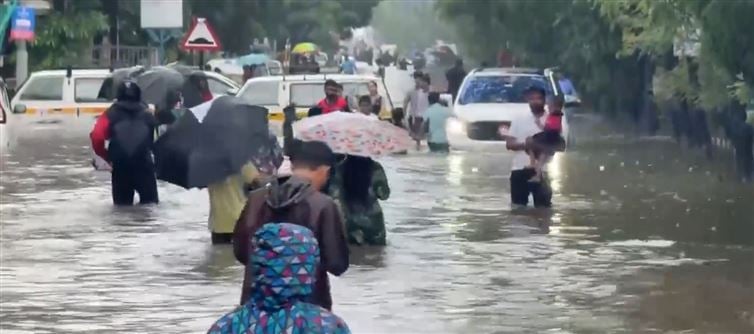
Gujarat's economic story is undeniably impressive in many aspects. With a 12% annual GDP growth rate and contributing over 30% to India’s exports in 2024–25, the state has established itself as a hub for industrial and trade activity. Per capita income has steadily increased, and unemployment was relatively low at 4.4% in 2022. These numbers have been instrumental in building the image of gujarat as a model for development. However, this growth has not been inclusive. Social indicators like child malnutrition—where 40% of children under five are underweight—and the state’s poor rank in infant mortality (17th among indian states) highlight deep-rooted issues of inequality and underinvestment in health and education.
The surat flooding underscores a broader critique of the gujarat Model: while industry and infrastructure have seen focused investment, basic urban planning and equitable development often take a back seat. Critics argue that the model disproportionately benefits urban elites and industrialists, while rural communities and low-income groups remain neglected. Employment generation has not kept pace with economic expansion, leading to uneven job growth. What emerges is a dual narrative — one of tangible economic achievement and another of overstated, often politicized, development claims. For the gujarat Model to truly become exemplary, it must address these social and infrastructural imbalances with the same urgency as it pursues economic growth.




 click and follow Indiaherald WhatsApp channel
click and follow Indiaherald WhatsApp channel